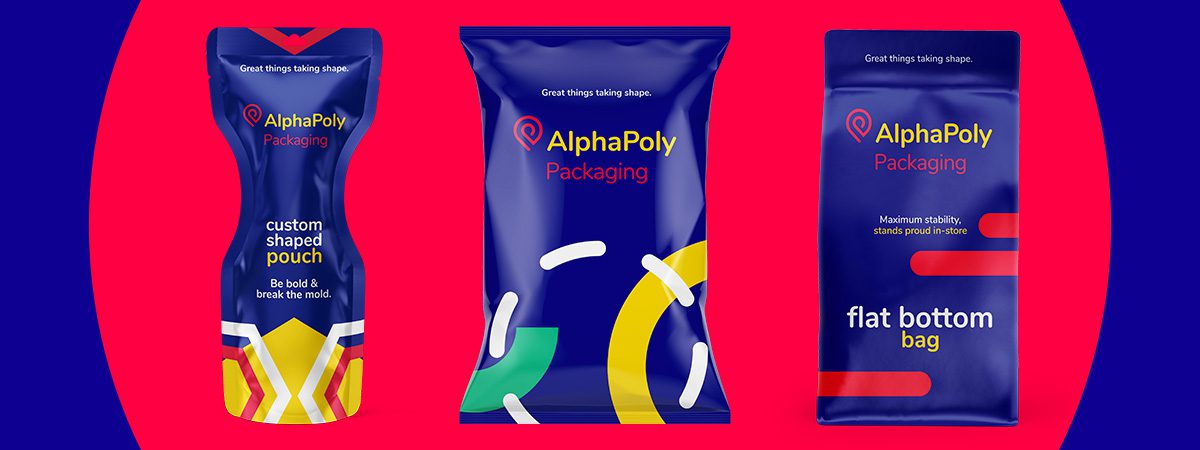
Problem Solved: Solutions Offered by Custom Packaging
Over the past decade, our industry has gotten a lot smarter. Custom packaging has totally revolutionized retail with solutions that are as brilliant as they are beautiful.
The entire concept of food packaging is at an interesting crossroad.
Health and safety protocols require single-use plastic food packaging for most food products and the number has expanded exponentially as support for tighter regulations eroded during COVID-19.
On the other hand, consumption of single-use plastics has been identified as a global environmental pollution crisis by the United Nations, and it’s not hard to see why:
Since the 1950s, roughly 40 percent of the 448 million MT (2015) of plastic produced every year is designed for single use, much of it for packaging intended to be discarded within minutes after purchase (Geyer et al., 2017).
The OECD reports that the world is producing twice as much plasticwaste as it did two decades ago.
The World Wildlife Fund found an increase of single-use food and beverage litter, from 15.3 percent of total litter in 2019 to 26.6 percent of total litter in 2020.
Takeout packaging waste increased 300 percent from 2019 to 2021.
It’s clear, and especially so after the pandemic, that we won’t reduce the amount of packaging we use. So, we have to change the packaging material we’re using.
The first wave of compostable food packaging in the early 2000s had nothing to do with the environment. It was, instead, a response to the sharp rise in oil prices during that time. Since then, expansion of the category has been meteoric, with innovation highlights including plastics made from fruit waste, seaweed and vegetable waste.
This second wave we’re about to enter is already feeling more altruistic because it’s being led by concerned consumers rather than cost-cutting corporations. And today’s consumers are increasingly concerned about plastic waste’s impact on natural environments.
In a Canada-wide survey of 1014 consumers conducted by Nature, 93.7 percent were personally motivated to reduce consumption of single-use plastic food packaging, and 91.1 percent believed that regulations to reduce consumption of single-use plastic food packaging should be strengthened in Canada.
These sensibilities are, in turn, influencing policies across the country and around the world. But the big hurdle is what it’s always been: cost.
Generally speaking, bio-based and compostable plastics are more expensive than fossil-based plastics, but rethinking package size and source material used can bring those prices down. With both those goals in mind, some of 2022’s early trends are dialling up the ingenuity.
Trend #1: Combining Functions
Doesn’t it seem silly to buy an eco-friendly, made-from-recycled-material carton of eggs and then carry it out in a plastic bag? Wouldn’t it be better if the carton had a handle for carrying? Working additional functionality into packaging can catch a consumer’s eyes many ways, be it the cool factor of something different, the convenience of how it works or the long-term effects of reducing plastic use.
Trend #2: Replacing Inks
Until recently, most of the ink used in food packaging has been petroleum-based. Pairing biodegradable inks with compostable film/paper will have significant benefits from an environmental perspective.
Trend #3: Experimenting with Compostable (Biodegradable) Source Materials
Most AlphaPoly compostable bags are made from cornstarch. It’s a popular source material, but far from the only one. We’ve already discussed fruits and vegetables above, and other natural sources are being trialed for use in compostable packaging. We’re currently using films derived from wood pulp and BioPBS (Polybutylene Succinate).
Looking for a packaging partner that can lead you into the new wave of compostable (biodegradable) product packaging? Start Here.